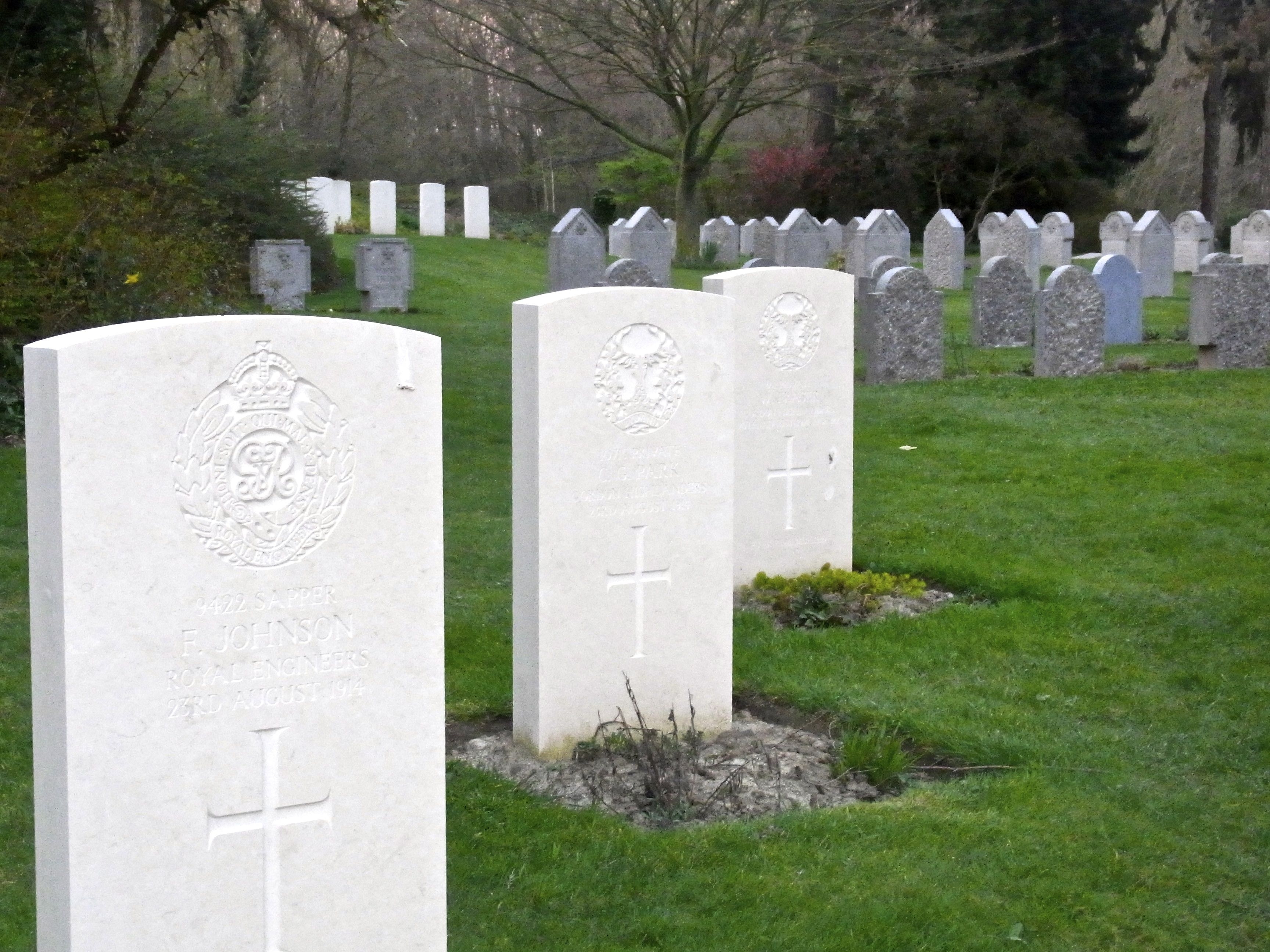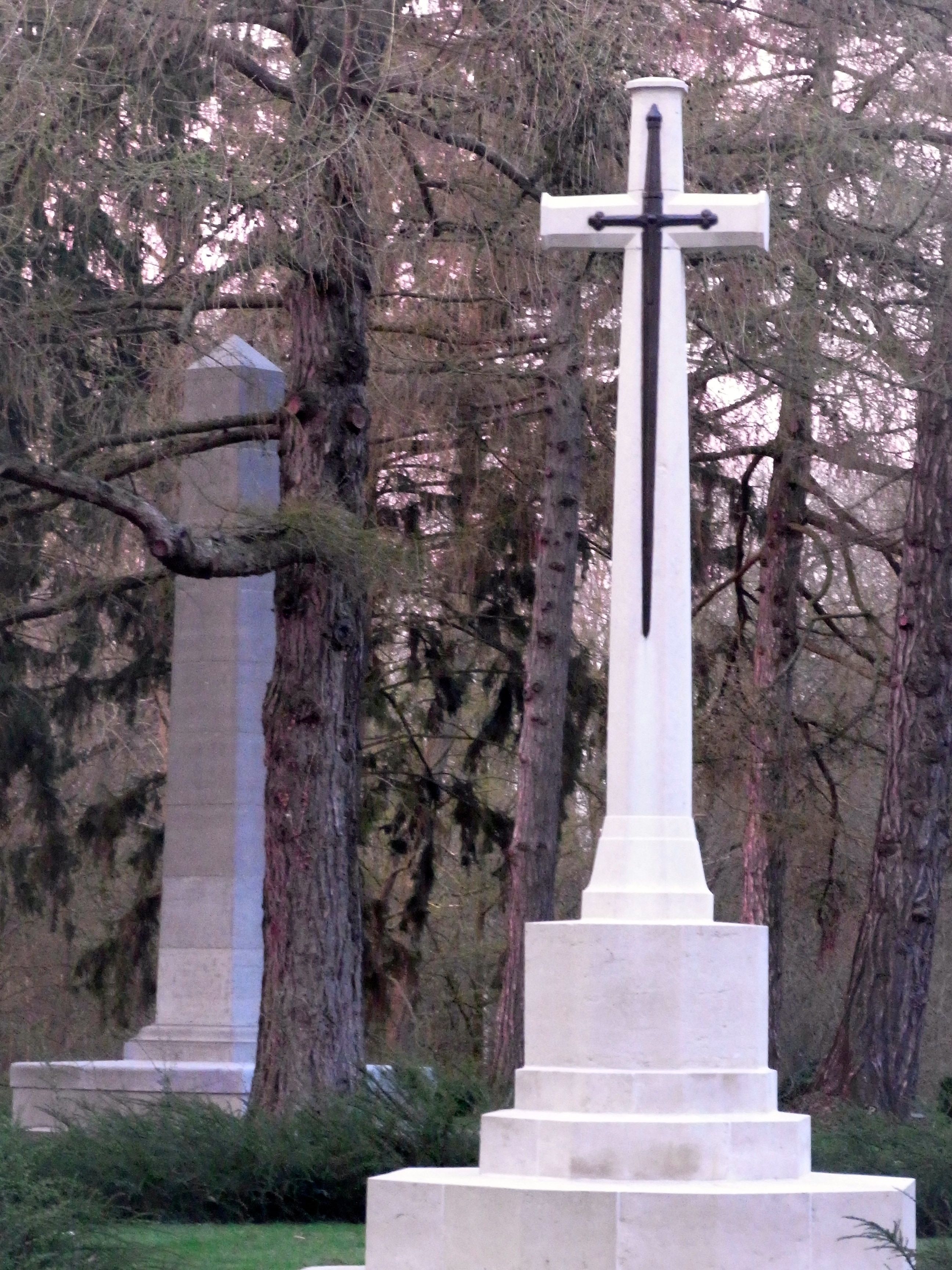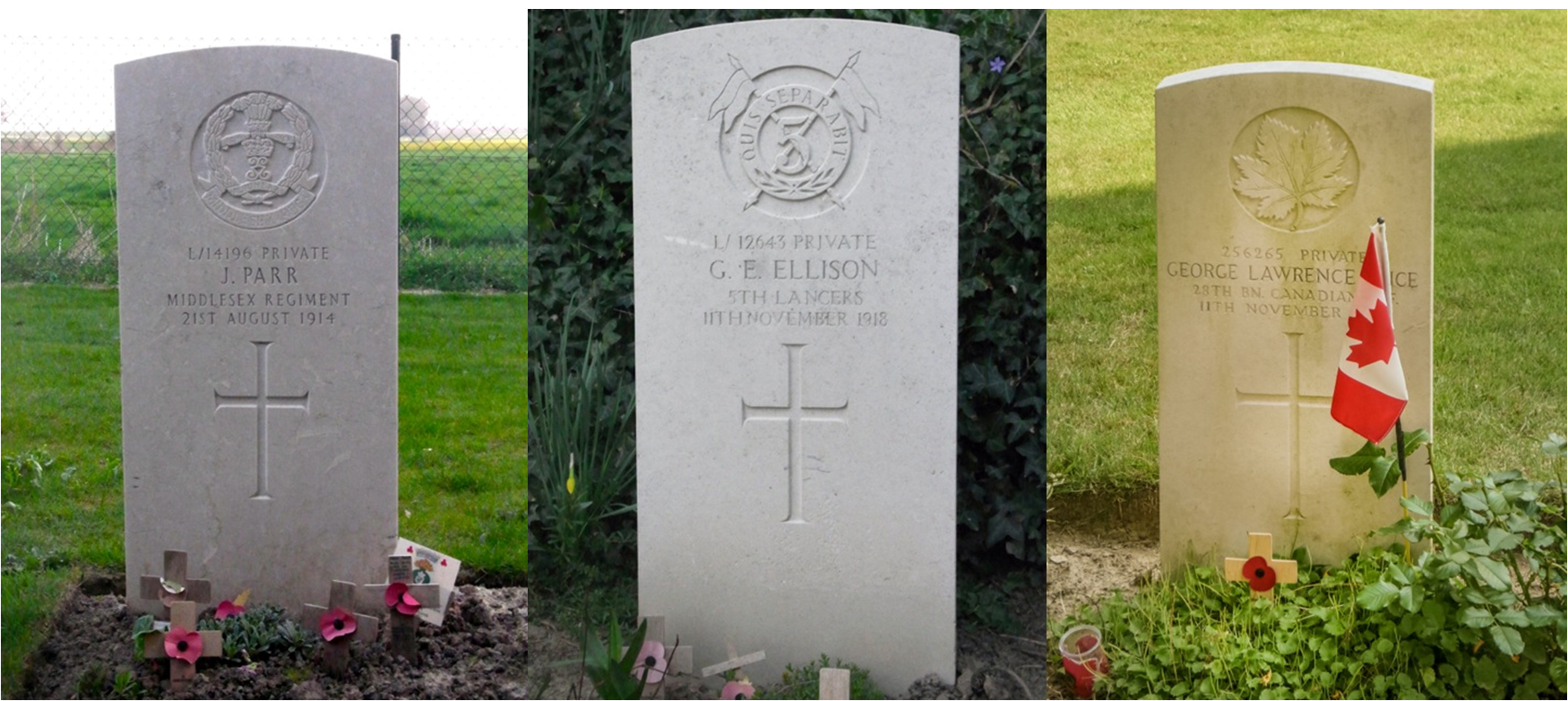In four months’ time, on 4th August 2014, a secluded military cemetery in Belgium will be the setting for what promises to be one of the most poignant events commemorating the outbreak of the First World War 100 years ago.
St. Symphorien, on the outskirts of the city of Mons, is remarkable for being the last resting place of almost equal numbers of British and German soldiers. The graves of the first and last Commonwealth soldiers killed in action are also to be found here, reflecting the battle lines of the Western Front in the opening and closing stages of the war.
On 4th August 2014, as the shadows lengthen, the British government will host a commemoration in this tranquil woodland. It will take place towards the end of a day filled with events remembering the centenary of the German invasion of neutral Belgium and the UK’s declaration of war.
The full details are still awaited, but it’s understood Germany will be represented.
Shared sacrifice
The intention is to honour shared sacrifices, as Britain’s Culture Secretary, Maria Miller, made clear in her Centenary announcement last year: “We can equally come together with all of those who were involved, on whichever side, to mark the contribution that was made.”
The event is expected to be broadcast live in both Britain and Belgium. The city authorities in Mons are also considering screening it in the Grand Place, the city’s main square, about three miles (five kilometres) from St. Symphorien.
There are 229 Commonwealth and 284 German servicemen buried or commemorated at the cemetery, of whom 105 remain unidentified. Originally established by the German Army, St. Symphorien passed into the care of the Imperial (now Commonwealth) War Graves Commission after the war. 
The Commission’s spokesman, Peter Francis, told Centenary News: “For almost 100 years the Commonwealth War Graves Commission has maintained the very fabric upon which remembrance of the dead of the Great War is focussed.
“The CWGC cemetery at St. Symphorien is a moving and fitting place at which to open commemorations to mark the Centenary – containing, as it does, both the first and last Commonwealth casualties of the war on the Western Front, but also an almost equal number of German and Commonwealth war dead.”
British forces fought their first battle of the war at Mons on 23rd August 1914, attempting to hold back the Germany Army’s advance through Belgium towards France.
In the wake of the British retreat, the dead of both sides were buried in civilian cemeteries. More than a year later, the Germans began re-interring them at St. Symphorien.
As the CWGC explains at the entrance gates: “the owner of the site, Jean Houzeau de Lehaie, refused to sell the land but agreed that it could be used as a burial ground on condition that the British soldiers were buried and commemorated with the same dignity as their German counterparts. The landowner’s wishes were respected by the Germans who erected three monuments to the dead.”

The Cross of Sacrifice, familiar to visitors to Commonwealth war cemeteries, stands on a mound in the centre of St. Symphorien, facing a German obelisk commemorating the dead of both sides
The cemetery was formally opened in September 1917, with a ceremony attended by some of the most senior German commanders on the Western Front, including Crown Prince Rupprecht of Bavaria.
Mons was liberated in November 1918 as the war drew to a close. Two of the soldiers buried here, George Ellison of the Royal Irish Lancers and George Price of the Canadian Infantry, were killed shortly before the Armistice took effect at 11 o’clock on the morning of 11th November 1918. They are believed to be the last Commonwealth soldiers killed in action.

Just a few metres from George Ellison’s grave is that of Private John Parr, the first British soldier to die in the First World War. He was fatally wounded in an exchange of fire with a German patrol two days before the Battle of the Mons. Almost a million more British and Commonwealth servicemen were to be killed in the next four years.
From the mound, there’s a commanding view of the graves, the white Portland headstones of Commonwealth soldiers contrasting with the rugged memorials to their German counterparts.
Peter Francis, of the Commonwealth War Graves Commission, said: “The unique design and layout of St Symphorien has created cemeteries within a cemetery; each section revealing something new and something that never fails to move the visitor, be it their first visit or their hundredth.
“Like all of our cemeteries and memorials worldwide, it is a simple, but fitting tribute to those who died.”
Sources: Commonwealth War Graves Commission, Province de Liège, UK government
Images: Peter Alhadeff, Centenary News. The picture of George Price’s headstone is courtesy of the Belgian Tourist Office – Brussels & Wallonia
Posted by: Peter Alhadeff, Centenary News
© Centenary Digital Ltd & Author
